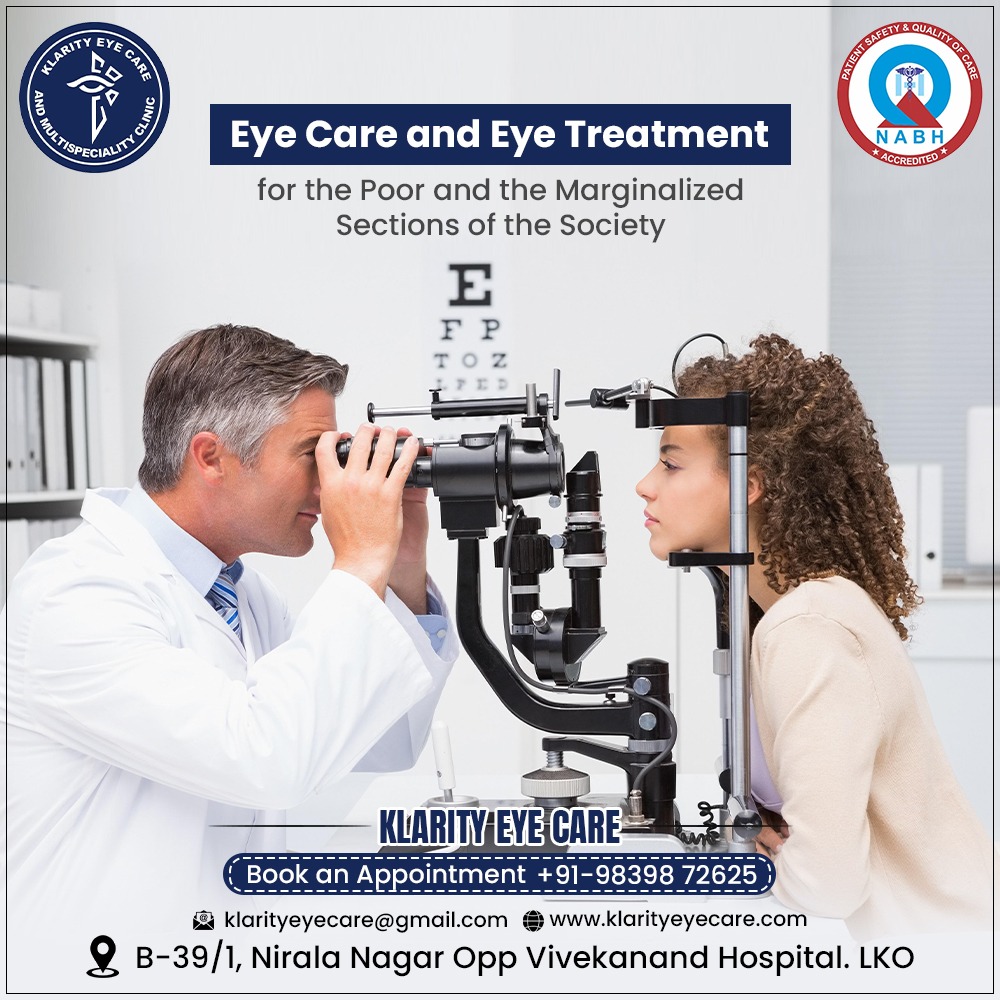Obstructive Sleep Apnea (OSA) is a common but serious sleep disorder that affects millions of people worldwide. It occurs when the muscles in the throat relax excessively during sleep, blocking the airway and causing breathing to stop and start repeatedly. The condition can lead to poor sleep quality, daytime fatigue, and a range of serious health complications if left untreated. Understanding the causes of obstructive sleep apnea is crucial in addressing this disorder and finding effective treatment options. While various factors can contribute to OSA, some causes are more prevalent than others.
OSA is typically caused by a combination of anatomical and physiological factors that influence the airway’s ability to remain open during sleep. The condition can affect anyone, but certain risk factors make some individuals more susceptible than others. Let’s explore the most common causes of obstructive sleep apnea in more detail, as well as how they relate to overall health.
-
Obesity and Excess Weight
One of the most significant risk factors for obstructive sleep apnea is obesity. Excess weight, particularly around the neck and upper airway, can increase the likelihood of airway obstruction during sleep. Fat deposits in the neck (known as “pharyngeal fat pads”) can press against the airway, making it more prone to collapse when the throat muscles relax. This is why individuals with a higher body mass index (BMI) are more likely to experience OSA.
Studies show that people with obesity are four times more likely to develop obstructive sleep apnea than those with a healthy weight. Weight loss is often recommended as a first-line treatment for individuals with OSA, as shedding excess pounds can reduce the pressure on the airway and improve breathing patterns during sleep.
-
Anatomical Abnormalities
Certain anatomical features can also predispose individuals to obstructive sleep apnea. These abnormalities can narrow the airway or make it more likely to collapse during sleep. Some of the most common anatomical causes include:
-
A Large Neck Circumference:
A neck circumference greater than 17 inches in men and 16 inches in women is associated with an increased risk of OSA. A larger neck often means more tissue around the airway, which can block airflow during sleep.
-
Enlarged Tonsils or Adenoids:
Enlarged tonsils or adenoids, especially in children, can obstruct the airway and lead to sleep apnea. This is a common cause of OSA in pediatric cases, and removal of the tonsils and adenoids is often recommended as treatment.
-
A Narrow Airway:
Some people are born with naturally narrower airways, making them more susceptible to obstruction. Others may develop a narrower airway due to aging, as the muscles supporting the airway weaken over time.
-
Jaw or Facial Structure:
Structural issues such as a receding chin or misaligned jaw can also contribute to airway obstruction. When the jaw is set back, it can push the tongue and soft tissues toward the back of the throat, increasing the risk of airway blockage.
-
Aging
As people age, the muscles in the throat and airway naturally lose tone and become weaker. This loss of muscle tone can make it more difficult for the airway to remain open during sleep, leading to episodes of apnea. Additionally, the tissues in the throat may become more relaxed with age, increasing the risk of airway collapse.
OSA is more common in older adults, particularly those over the age of 60. While age itself cannot be controlled, managing other risk factors such as weight and lifestyle habits can help reduce the likelihood of developing sleep apnea as you age.
-
Gender
Men are more likely to develop obstructive sleep apnea than women, particularly in middle age. This gender difference may be due to hormonal factors, fat distribution patterns, and differences in airway anatomy. However, after menopause, the risk of OSA in women increases significantly, possibly due to changes in hormone levels that affect muscle tone and fat distribution.
-
Family History and Genetics
There is evidence that genetics plays a role in the development of obstructive sleep apnea. If you have a family history of OSA, you may be at a higher risk of developing the condition. Certain inherited traits, such as a naturally narrow airway or facial structure abnormalities, can increase the likelihood of sleep apnea.
Moreover, genetic factors may influence how the body distributes fat and how the upper airway muscles respond to relaxation during sleep. While you cannot change your genetic makeup, being aware of a family history of sleep apnea can prompt earlier diagnosis and treatment.
-
Chronic Nasal Congestion
Chronic nasal congestion, whether due to allergies, a deviated septum, or sinus problems, can also contribute to obstructive sleep apnea. When the nasal passages are blocked or inflamed, it becomes harder to breathe through the nose, increasing the likelihood of mouth breathing during sleep. This can exacerbate airway collapse and lead to more frequent apneic events.
Individuals with chronic nasal congestion are twice as likely to develop OSA, and treatment of underlying nasal conditions may help alleviate sleep apnea symptoms in some cases.
-
Endocrine Disorders
Certain endocrine disorders can increase the risk of obstructive sleep apnea. For instance, individuals with hypothyroidism (an underactive thyroid) often experience swelling of the tissues in the throat and airway, which can contribute to airway obstruction. Similarly, people with acromegaly (a condition where the body produces too much growth hormone) may have enlarged facial features, including the tongue and jaw, leading to airway narrowing.
-
Sleep Position
The position in which you sleep can also affect the likelihood of experiencing airway obstruction. People who sleep on their back (supine position) are more prone to OSA because gravity causes the tongue and soft tissues in the throat to collapse backward, blocking the airway. Sleeping on your side or stomach can help reduce the frequency and severity of apneic events.
Managing and Treating Obstructive Sleep Apnea
Fortunately, obstructive sleep apnea is a manageable condition, and several treatment options are available to reduce its impact. Depending on the underlying causes and severity of OSA, treatment may include:
- Lifestyle changes, such as weight loss, quitting smoking, and reducing alcohol consumption.
- Continuous Positive Airway Pressure (CPAP) therapy, uses a machine to deliver a constant stream of air to keep the airway open during sleep.
- Surgical interventions, particularly for individuals with anatomical abnormalities like enlarged tonsils or a deviated septum.
- Positional therapy to encourage side sleeping.
- Oral appliances that adjust the position of the jaw and tongue to keep the airway open.
Conclusion
In conclusion, understanding the various causes of obstructive sleep apnea is essential for effective diagnosis and treatment. Factors such as obesity, anatomical abnormalities, aging, and lifestyle habits all play a role in the development of this condition. If left untreated, OSA can lead to significant health risks, including cardiovascular disease, high blood pressure, and diabetes. Therefore, early intervention is key to improving quality of life and preventing complications.
If you suspect that you or a loved one may be suffering from sleep apnea, it’s important to seek professional help. For those looking to manage sleep disorders or related mental health concerns, finding the right care is crucial. The best mental health clinic in Allen, Texas, can offer comprehensive support and tailored treatment plans to address sleep issues plus more.

